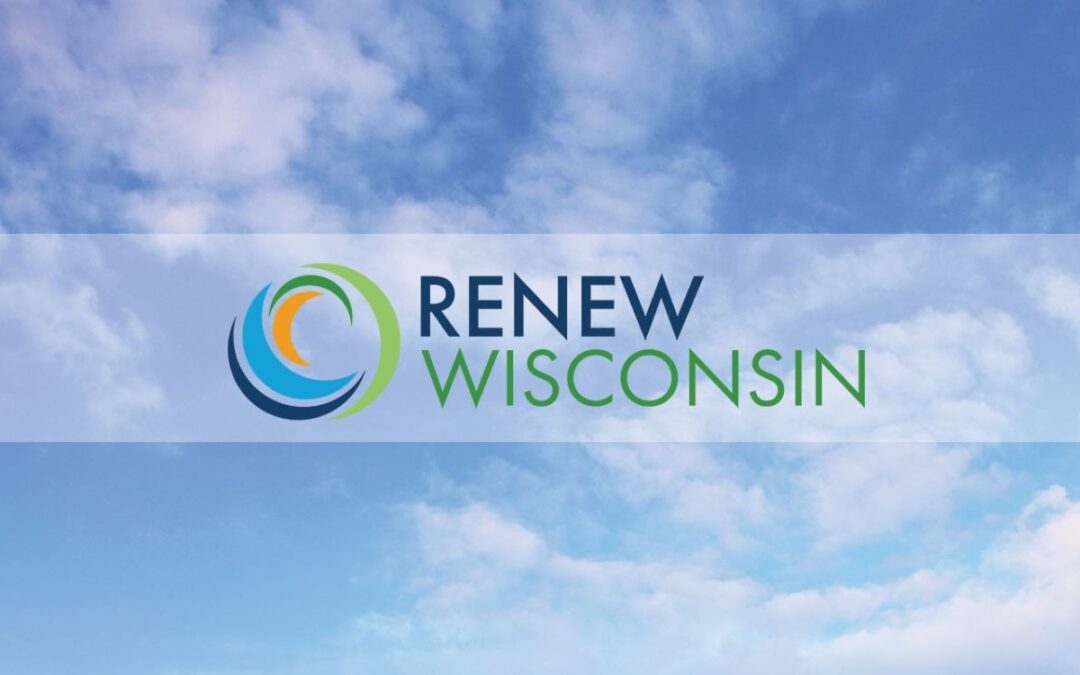
by RENEW Wisconsin | Aug 15, 2022 | Advocacy, Community, Electrification, Policy, Press Release, Renewables
After decades of inaction punctuated by occasional half-measures, Congress has passed monumental legislation committing the nation to pursue a clean energy transformation that will benefit all sectors of American society.
The enactment of the Inflation Reduction Act, which cleared the House of Representatives today, will signal to the rest of the world that the United States is “all in” on decarbonizing the domestic economy while greatly expanding investment and career opportunities in the clean energy arena.
Specifically, this legislation represents a 10-year commitment to scaling up the deployment of clean energy technologies, electric vehicles, and electrified heating and cooling systems produced and delivered by U.S. companies.
With its emphasis on strengthening America’s productive capacity and workforce to deliver clean energy to our fellow citizens, this legislation is genuinely an industrial-strength response to the climate emergency enveloping our planet.
We at RENEW look forward to working collaboratively with federal and state agencies, businesses, farmers, local governments, and schools to help deliver the benefits of the clean energy transformation to every Wisconsinite.
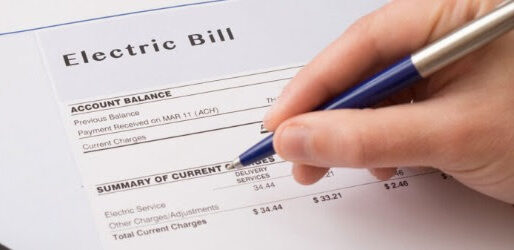
by Andrew Kell | Jul 21, 2022 | Action Alert, Advocacy, Legislative Watchlist, PSC Priorities, Solar
RENEW has assembled a team of experts to develop a comprehensive framework of Distributed Generation (DG) buyback rates as a counter-proposal to utility applications. DG buyback rates determine payments for ALL non-utility-owned electricity generation at the distribution level. For more information, please read this short RENEW parallel generation blog.
The Public Service Commission (PSC) must hear from clean energy advocates in each case. These PSC decisions will impact businesses, local governments, schools, hospitals, organizations, and individuals. We thank all of the clean energy supporters that submitted comments.
Comment periods are now closed for all cases.
WE ENERGIES (6630-TE-107)
WPS (6690-TE-114)
MGE (3270-TE-114)
XCEL Energy (4420-TE-109)
Alliant Energy (6680-TE-107)
RENEW appreciates the supporting comments that were submitted in favor of RENEW’s comprehensive framework for buyback rates. We believe this framework values DG, accelerates carbon emission reductions and provides a path for Wisconsinites to participate in building a clean energy future. Once again, more detail is provided in RENEW’s blog, Buyback Rates and the Business Case for Distributed Generation in Wisconsin.
For additional information on this topic, please contact Andrew Kell, Policy Analyst at RENEW.
Thank you for being a champion of clean energy in Wisconsin!
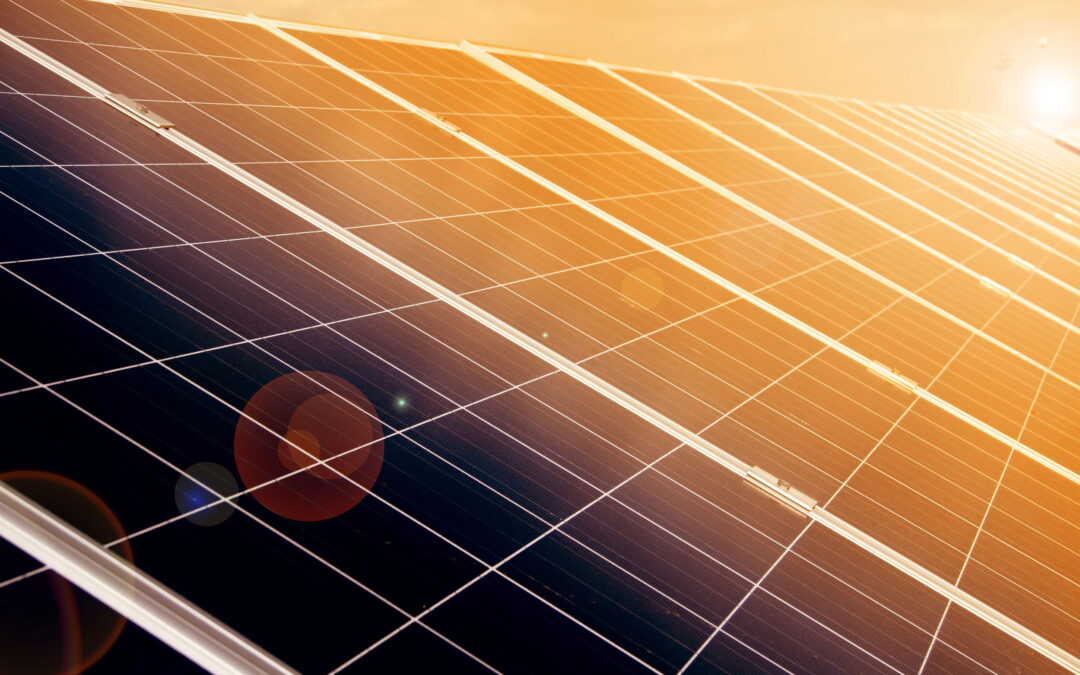
by Michael Vickerman | Jun 3, 2022 | Advocacy, PSC Priorities, Public Service Commission, Renewables, Solar
On May 26th two petitions were filed at the Public Service Commission (PSC) seeking rulings to clarify the long-simmering issue of third party-financed renewable energy generation serving individual customers behind their meters.
In one of the petitions (Docket No. 9300-DR-106), Vote Solar, a national nonprofit advocacy organization with 500 members residing in Wisconsin, asks the agency to affirm the legality of a tax-financed solar system installed at the residence of one of its Wisconsin members. In the other petition (Docket No. 9300-DR-105), Custer-based Midwest Renewable Energy Association seeks a similar affirmation, based on relevant case law precedents, enabling customers to host third party-financed electric generation systems on their premises without fear of being designated a public utility. You can read the petitions online at the above-referenced docket numbers on the PSC’s website.
Although the two petitions take different approaches to the legal question at issue, a positive ruling from the PSC on either or both of these filings would achieve the desired result: the ability of individual customers to access electricity generated on their premises from installations owned by third parties. For that reason, RENEW is urging stakeholders—solar contractors, climate and energy justice advocacy organizations, local governments, and legislators–to signal their support for both petitions through statements of support filed at the PSC.
When the PSC receives a Declaratory Ruling petition, it is obligated to open a 20-day initial comment window prior to deciding whether or not to accept that petition. Accepting the petition is a prerequisite for rendering a decision on the legal merits of the case.
RENEW is asking stakeholders to submit statements in both proceedings urging the PSC to accept the petitions and convene a proceeding to affirm third-party financing on its merits, emphasizing the following themes:
- Businesses need clarity on this legal question before they will commit to providing renewable energy to customers with equipment they would own. Though customer demand for solar PV is growing, the ongoing legal ambiguity acts as a powerful disincentive to businesses contemplating investments in equipment and staff to serve that part of the market. The risk of fighting expensive legal battles with utilities also diminishes business appetite for doing business in Wisconsin.
- Third-party financing eliminates the upfront financial commitment that often stops low and middle-income households from pursuing solar. As a market-building tool, third-party financing can expand the residential customer base more effectively than either rebates or tax credits. Third-party financing is a linchpin mechanism for securing a just energy transition that engages customers of all income levels.
- The lack of legal clarity on this issue is an unjustifiable restriction on property owners’ ability to supply themselves with clean energy produced on their premises. The PSC has had several opportunities in recent years to settle this issue but declined to do so. It is past time for the PSC to clear a path for the homeowners, businesses, and nonprofits desiring to access onsite solar power owned by a third party.
Currently, Wisconsin case law allows for third-party financing of energy projects, but some electric utilities have denied interconnection to installations that would have been owned by third parties. They contend that such installations should be regulated as public utilities, even though they are designed to supply energy to only one entity: the host customer. In our view, a business that installs and operates energy equipment on a customer’s property for that customer’s exclusive use should not be regulated as a public utility.
PSC affirmation for third-party financing is essential to spreading the benefits of clean energy to all Wisconsin utility customers.
The deadline for submitting comments is June 14th.
If you have questions or represent a business or organization that would like to engage on this issue, please contact Michael Vickerman at mvickerman@renewwisconsin.org.
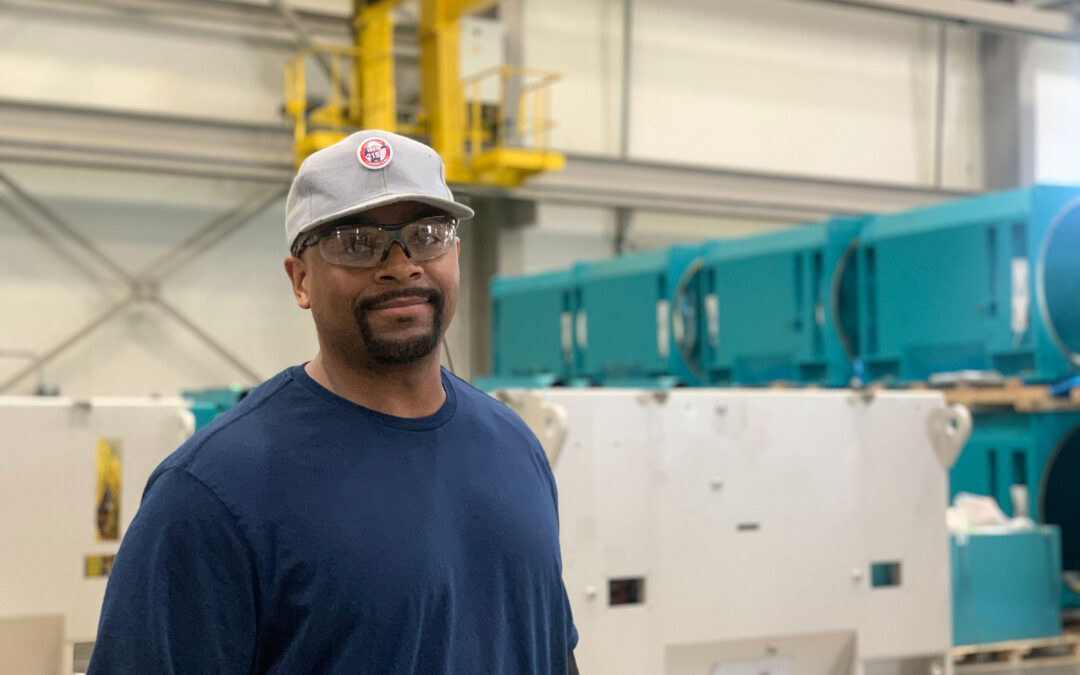
by Jodi Jean Amble | May 17, 2022 | Advocacy, Community, Electric Vehicles, Jobs, Local Initiatives, Renewables, Solar, Wind
RENEW Wisconsin has launched two state-wide communications campaigns to promote the benefits of clean energy investments in Wisconsin. The two campaigns, “Clean Energy Works for Wisconsin” and “Clean Energy is Made in Wisconsin,” include print and digital ads and shareable communications assets for partners and clean energy advocates.
Wisconsin’s clean energy workforce is 70,000 strong, with good-paying local jobs like installing solar and electric vehicle charging stations, manufacturing energy storage systems, servicing wind turbines, and retrofitting buildings. Clean energy job growth is gaining momentum from state and federal clean energy and electric transportation commitments, federal funds to support these goals, and an increased interest in clean energy investments from the public sector. The “Clean Energy Works for Wisconsin” campaign highlights the job potential of continued investment in electric transportation and Wisconsin clean energy.
“Over the next five years, Wisconsin can expect to receive $79 million in federal funds from the bipartisan infrastructure law,” said Francisco Sayu, Emerging Technologies Director at RENEW Wisconsin. “Wisconsin will also have the opportunity to apply for $2.5 billion in competitive grant funding dedicated to electric vehicle corridors and community charging. Building a network of electric vehicle charging stations will reduce emissions, improve air quality, and create thousands of good-paying jobs and is a tremendous opportunity for Wisconsin residents.”
In 2019, Governor Evers set a goal that all electricity consumed in the state will be 100% carbon-free by 2050, and in 2022 introduced Wisconsin’s first-ever Clean Energy Plan. Currently, renewable energy only accounts for 13% of all electricity sold in Wisconsin. According to the U.S. Energy Information Administration, Wisconsin consumes almost six times as much energy as it produces and spends billions on coal, oil, and natural gas every year. The “Clean Energy is Made in Wisconsin” campaign presents a vision of keeping more energy dollars in-state by investing in homegrown renewable energy.
“State and federal investments are moving us toward our clean energy goals, but we need to maximize the benefits of this energy transition for Wisconsin residents,” said Heather Allen, Executive Director at RENEW Wisconsin. “We will need an ‘all of the above’ and ‘all hands on deck’ approach to shape our clean energy future. This means smart investments in homegrown renewable energy and clean transportation.”
Print and digital ads are already circulating in media outlets across the state. To learn more and help amplify Wisconsin’s clean energy opportunities, please visit the “Clean Energy Works for Wisconsin” and “Clean Energy is Made in Wisconsin” landing pages.
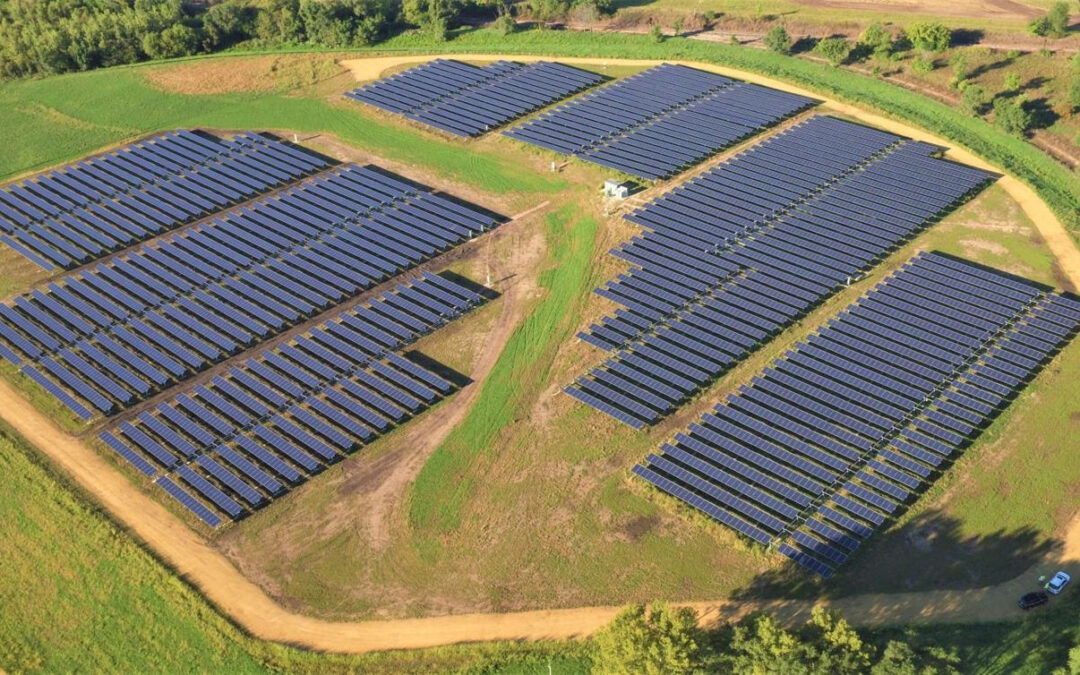
by Michael Vickerman | Apr 28, 2022 | Advocacy, Press Release, PSC Priorities, Solar
But a federal anti-dumping investigation jeopardizes solar power build-out in Wisconsin
Having secured approval today from the Public Service Commission (PSC) to build six more solar power plants, Alliant Energy’s Wisconsin affiliate is on a trajectory to source 20% of its electricity from solar power by 2025.
The PSC decision enables Alliant to construct and operate 414 megawatts (MW) of solar generating capacity in Dodge, Grant, Green, Rock, and Waushara counties. In combination with the 675 MW of projects approved in April 2021, Alliant’s solar power portfolio now consists of a dozen projects totaling more than one gigawatt, or 1,089 MW. Alliant’s approved solar projects are listed in the table below.
Over the last three years, the PSC has approved 1,850 MW of utility-owned solar generating capacity in Wisconsin. Of that total, nearly 60% of that generation will serve Alliant Energy’s Wisconsin customers.
“Today’s approval by the PSC affirms the uniquely valuable set of benefits that large-scale solar will bring to Wisconsin’s power industry,” RENEW Executive Director Heather Allen said. “When placed in service, these 12 solar projects will support the grid long after Alliant retires its coal-fired power plants, generating clean, affordable energy here in Wisconsin while delivering a reliable revenue stream to participating landowners and host communities.”
But a recently initiated U.S. Commerce Department investigation into alleged unfair trade practices has already begun to disrupt utility-scale solar farm development nationwide, including projects in Wisconsin. If not resolved soon, the collateral damage from this investigation will likely spread to the Alliant solar portfolio approved today, causing construction delays and increasing costs.
The investigation, which could extend until August 28th, targets solar products imported from Cambodia, Malaysia, Thailand, and Vietnam. Eighty percent (80%) of all U.S. solar panel imports are sourced from these four countries. If an unfair trade practice is identified, the Commerce Department is empowered to remedy the situation with very high tariffs on panels. For that reason, manufacturers in the targeted countries have been forced to cease production of solar panels destined for U.S. projects.
“Not even a month has gone by, and it is already disrupting solar projects at all stages of the development pipeline,” Allen said. “We are concerned that this investigation can do serious damage to the solar build-out now underway as well as undermine Wisconsin’s Clean Energy Plan.” Allen added: “We ask Senators Baldwin and Johnson and Wisconsin’s Congressional delegation to stand up for Wisconsin jobs, Wisconsin farmers, and Wisconsin’s rural economy and urge the Commerce Department to issue a negative ruling on this matter as soon as possible.”
APPROVED ALLIANT ENERGY SOLAR PROJECTS
| Docket: 6680-CE-183
Approved April 28, 2022 |
| Project name |
Location (county) |
Capacity (in MW) |
| Albany |
Green |
50 |
| Beaver Dam |
Dodge |
50 |
| Cassville |
Grant |
50 |
| Paddock |
Rock |
65 |
| Springfield (Lomira) |
Dodge |
100 |
| Wautoma |
Waushara |
99 |
| Subtotal |
414 |
| Docket: 6680-CE-182
Approved April 21, 2021 |
| Project name |
Location (county) |
Capacity (in MW) |
| Bear Creek |
Richland |
50 |
| Crawfish River |
Jefferson |
75 |
| Grant County |
Grant |
200 |
| North Rock |
Rock |
50 |
| Onion River |
Sheboygan |
150 |
| Wood County |
Wood |
150 |
| Subtotal |
675 |
| Grand total |
1,089 |
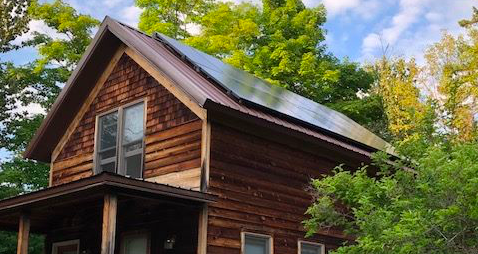
by Heather Allen | Mar 25, 2022 | Advocacy, Net Metering, PSC Priorities, Solar
RENEW Wisconsin, together with a coalition of Clean Energy Advocates (Clean Wisconsin, Environmental Law, and Policy Center, Vote Solar, The Nature Conservancy, Wisconsin Conservation Voters, and the Wisconsin Health Professionals for Climate Action), submitted comments this week to the Public Service Commission in favor of protecting and improving net metering in Wisconsin.
The Commission asked for remarks on four key questions and shared a 60-page memo from the Regulatory Assistance Project describing net metering policy issues, changes to net metering in other states, and several other aspects for consideration. The comment period closed on Tuesday, March 22, 2022.
Wisconsin’s customer-owned solar market is falling behind our neighboring states due to a patchwork of service terms and artificial market barriers. Our coalition comments highlighted several key factors contributing to the issue:
- The absence of a statewide net energy billing policy has fostered an inconsistent and confusing patchwork of tariffs across Wisconsin.

2. Low net energy billing ceilings and low export rates effectively exclude many larger customers from investing in solar systems.
3. Encroachment of utility-owned DG reduces behind-the-meter installation opportunities for customers and solar contractors.
4. The lack of clarity over third-party financing hampers the solar marketplace.
Solar installers, solar customers, clean energy advocates, and climate activists submitted comments echoing these themes. Here are some quotes from the commenters:
“The time has come for the Wisconsin Public Service Commission (WiPSC) to take a customer-centric approach to address the need for dramatic greenhouse gas emission reductions.”
Kerry Beheler and Gary Radloff
Wisconsin GreenFire
“Larger commercial and industrial customers should be allowed to net meter on larger projects that help them displace a greater percentage of their usage with on-site renewable generation. Adjacent states have raised net meter limits above 1000 kW for these customers. State goals of increased renewable energy are efficiently met with an on-site generation that is offsetting load, and this also possibly reduces the need for additional transmission infrastructure. Net metering is one good tool encouraging on-site renewable generation.”
Weselley Slaymaker
“I support a robust net metering policy for Wisconsin. The adaptation of solar power is critical for our energy independence and to mitigate the impact of climate change.”
Megan Stansil
RENEW and its allies explained their priority to improve net metering in the near term to “make net billing tariffs more consistent across Wisconsin utilities.” But we also urged caution that no other reform that could diminish customers’ value proposition for investing in these grid-beneficial technologies should be pursued before reaching much higher solar penetration levels and analyzing the impact of such potential changes.
Net metering is a valuable tool that helps customers generate their energy in a manner that provides both system and public benefits, including carbon emission reduction and economic development. It drives solar deployment and is easily understood and accessible to customers. RENEW will continue to participate in this conversation at the Commission and share results as this process moves forward. Wisconsin can improve customer transparency with a more uniform statewide approach but should be very cautious about risking the benefits of distributed generation by altering rate design.







